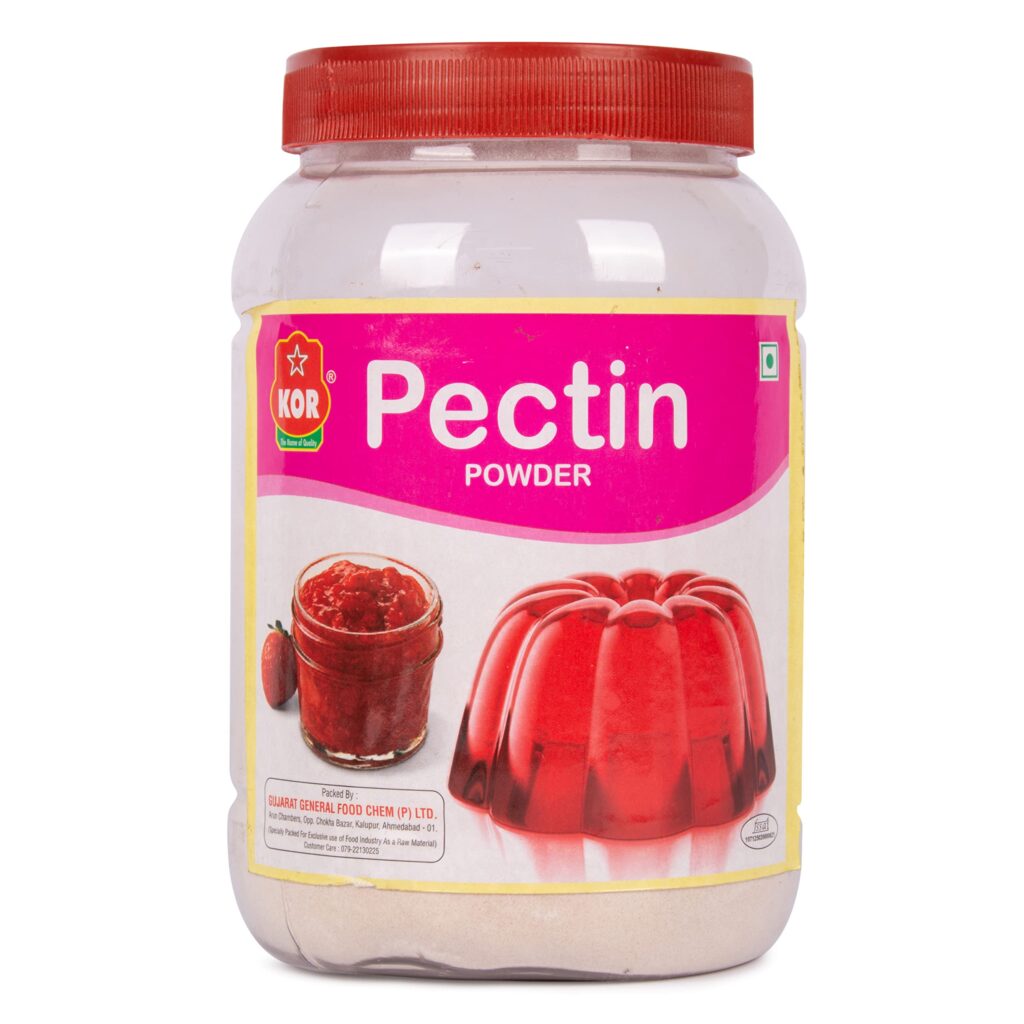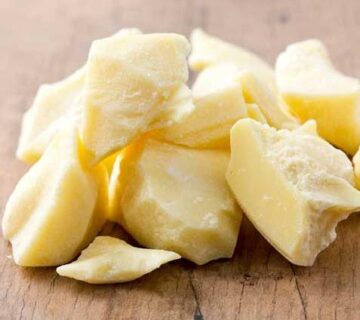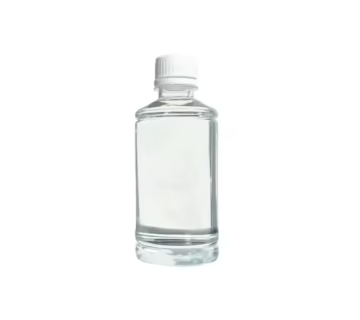In today’s competitive food and beverage industry, achieving consistent texture, gel strength, and shelf stability is no longer optional—it’s essential. For manufacturers aiming to produce jams, jellies, beverages, and confectionery with superior mouthfeel, citrus pectin has become a cornerstone ingredient. Its ability to form strong gels, stabilize acidic systems, and deliver uniform texture across batches makes it an indispensable tool in industrial formulations.
At MT Royal, we’ve witnessed firsthand how citrus pectin enhances operational efficiency, reduces batch variability, and supports innovation. By understanding its functional properties, sourcing strategies, and optimal processing techniques, production managers can fully leverage this versatile ingredient.
Citrus pectin is a natural polysaccharide extracted primarily from the peels of oranges, lemons, and limes. Chemically, it consists of galacturonic acid units that can be methyl-esterified to varying degrees, dictating its gelling properties:
- High Methoxyl (HM) Pectin: Requires sugar and acid to gel; ideal for traditional jams and fruit preserves.
- Low Methoxyl (LM) Pectin: Forms gels in the presence of calcium ions; suitable for low-sugar, low-calorie, and acidic beverages.
Its plant-based origin, consistent quality, and functional versatility make citrus pectin a preferred choice for both food-grade applications and nutraceutical products.
Functional Advantages of Citrus Pectin
Citrus pectin offers multiple benefits for industrial manufacturers:
1. High Gel Strength
The hallmark of citrus pectin is its ability to form strong, stable gels that maintain their integrity during storage, transport, and processing. This property is particularly valuable for jams, jellies, marmalades, and confectionery, where texture and spreadability define consumer satisfaction.
2. Texture Enhancement
Citrus pectin enhances mouthfeel by creating smooth, creamy, and uniform textures. It prevents syneresis (water separation) and ensures a consistent sensory experience across batches.
3. Acid and Sugar Tolerance
Its functionality remains robust in acidic systems and varying sugar concentrations, making it ideal for beverages, fruit preparations, and reduced-sugar formulations.
4. Stabilization of Beverages and Dairy Products
Citrus pectin forms a protective network in acidic and protein-rich beverages, preventing precipitation, separation, and sedimentation.
5. Clean Label Ingredient
Derived from natural citrus sources, it aligns with consumer demand for plant-based, non-GMO, and clean-label formulations.
Industrial Applications of Citrus Pectin
| Application | Function | Outcome |
|---|---|---|
| Jams & Jellies | Gel formation | Firm, elastic, and uniform gel |
| Fruit Preparations | Thickening & stabilization | Even fruit distribution and consistent texture |
| Acidic Beverages | Stabilizer | Prevents sedimentation and phase separation |
| Dairy Drinks | Protein stabilization | Smooth, homogeneous product |
| Confectionery | Texture control | Soft, elastic, chewable gels |
| Reduced-Sugar Products | Gelation with calcium | Maintains firmness without excessive sugar |
Optimizing Citrus Pectin in Manufacturing
Achieving ideal gel strength and texture requires understanding processing parameters:
1. Proper Hydration
Prevent clumping by pre-dispersing citrus pectin in sugar or blending with dry powders before introducing liquids. Uniform hydration ensures consistent gelation.
2. pH and Ionic Control
High Methoxyl pectin requires acidic conditions, while Low Methoxyl pectin depends on calcium ions. Monitoring pH and mineral content is critical for optimal gelation and texture.
3. Temperature Management
Dissolve pectin in water at 70–80°C. Overheating can degrade molecular chains, while insufficient heating may lead to incomplete dissolution.
4. Synergy with Other Hydrocolloids
Blending citrus pectin with gums such as xanthan, guar, or carrageenan allows fine-tuning of viscosity, gel strength, and mouthfeel for specific applications.
5. Accurate Dosage
Typical usage ranges from 0.5–1.5% for jams and jellies, and 0.2–0.5% for beverages. Pilot testing is recommended for precise formulation.
Real-World Manufacturing Insights
From our experience supplying manufacturing facilities, proper use of citrus pectin can resolve common production challenges:
- Dairy Beverage Example: Low Methoxyl citrus pectin stabilized calcium-fortified flavored milk, preventing curdling and sedimentation.
- Confectionery Example: High Methoxyl citrus pectin enabled uniform gelation in gummies without sugar overuse, maintaining texture and shelf life.
- Fruit Spread Example: Consistent gel formation reduced batch-to-batch variation, enhancing consumer satisfaction and reducing waste.
Premium Supplier Options: Latamarko and MT Royal
While sourcing citrus pectin, quality is paramount. Spanish engineering brands like Latamarko offer exceptional purity, consistent viscosity, and high gel strength, ensuring reliable performance in demanding industrial settings.
At MT Royal, we supply a comprehensive range of citrus pectin grades from trusted suppliers, including Latamarko. This enables manufacturers to select the most suitable pectin for their product specifications while benefiting from technical support, competitive pricing, and reliable supply chains.
Common Procurement Pitfalls
Manufacturers often encounter challenges when sourcing citrus pectin:
- Assuming All Pectins Are Interchangeable: Different grades, sources, and degrees of esterification affect gelation and texture.
- Neglecting Supplier Support: Technical guidance is critical to avoid production issues and ensure optimal formulation.
- Focusing Solely on Price: Lower-cost options may require higher usage or result in inconsistent quality, affecting cost efficiency.
- Overlooking Certification: Halal, Kosher, or food safety certifications are essential for international markets.
Industrial Tips for Effective Use
- Conduct small-scale trials before full-scale production.
- Monitor temperature, pH, and ionic content during mixing.
- Store pectin in cool, dry conditions to maintain functionality.
- Optimize formulations with complementary hydrocolloids for texture control.
- Document batch-specific viscosity and gel strength to reduce variability.
Frequently Asked Questions (FAQ)
Q1: What is citrus pectin used for?
It functions as a thickener, stabilizer, and gelling agent in jams, beverages, dairy, and confectionery.
Q2: Can it be used in low-sugar products?
Yes, Low Methoxyl citrus pectin gels in the presence of calcium, suitable for reduced-sugar formulations.
Q3: How should citrus pectin be stored?
Keep in a cool, dry, airtight environment below 25°C to preserve gelation properties.
Q4: Is citrus pectin Halal certified?
High-quality citrus pectin from MT Royal and select suppliers is Halal certified.
Q5: Can citrus pectin be combined with other stabilizers?
Yes, it synergizes with gums like xanthan or guar to adjust texture, gel strength, and viscosity.
Industry Insights and Trends
The demand for citrus pectin is rising due to:
- Consumer preference for clean-label, plant-based ingredients
- Growth in low-sugar jams, beverages, and functional foods
- Increased focus on consistent texture and gel performance in industrial production
- Expanding international markets requiring certified and reliable ingredients
Manufacturers who integrate high-quality citrus pectin enjoy improved batch consistency, product stability, and market appeal.
Closing Thoughts
Citrus pectin’s high gel strength and texture performance make it a strategic asset for manufacturers. By selecting the right grade, controlling processing parameters, and sourcing from reliable suppliers such as Latamarko through MT Royal, production teams can achieve superior quality, operational efficiency, and consumer satisfaction.
Investing in premium citrus pectin doesn’t just enhance gelation—it improves product consistency, shelf-life, and overall market competitiveness, making it an essential ingredient for modern manufacturing operations.







No comment